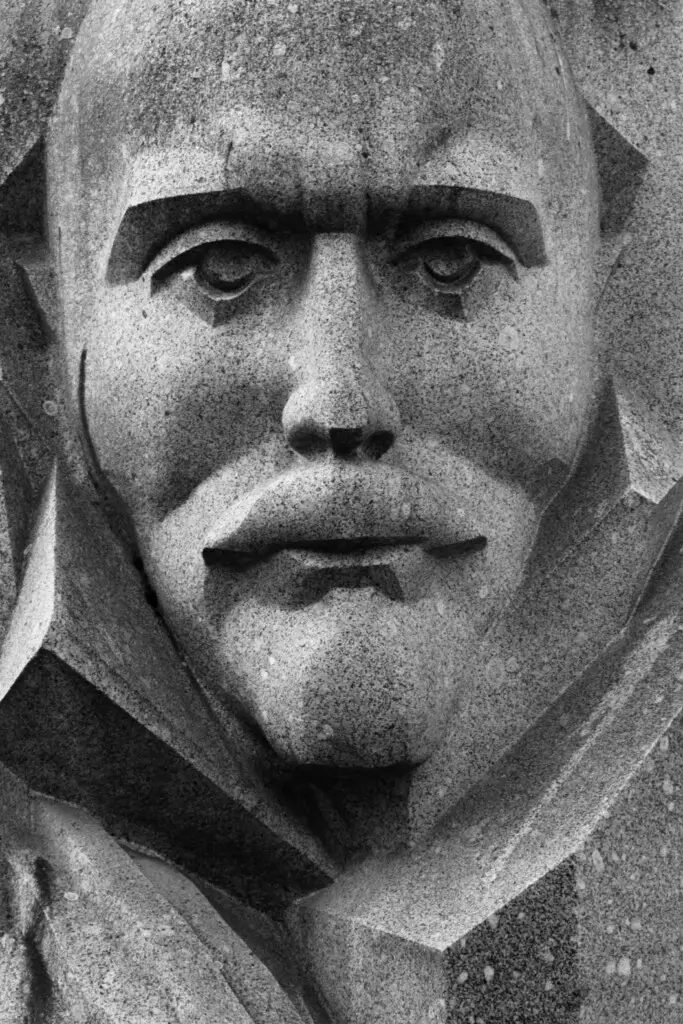
Tallinn, the capital of Estonia, is an interesting city in Northern Europe and also a city that lies close to my heart. Located only a short overnight boat ride from my hometown of Stockholm, Tallinn, and Estonia feels like far abroad but still very close to home with many similarities with Sweden and the other Nordic nations. Back in 2018, I spent 2 months doing an internship there and got a to do fair bit of exploring of the city and its surroundings, and I can easily say that it trumps both Oslo and Copenhagen as a traveling destination, especially if you are interested in more unique things to see and do. If you are still wondering whether Tallinn is worth visiting, I wrote a whole article on the unique things you can do in Tallinn, so be sure to check that here. Since you are reading this article I guess that you already are convinced that Estonia and its capital are worthy of a visit and now want to know more precisely how many days you actually need in Tallinn.
Aim to spend at least 3-4 days in Tallinn. There are more things to see and do in Tallinn than one might first think. Be sure to read up on the history of Estonia and Tallinn which will make your stay and the sights that you visit much more interesting.
Continue reading this article to know what the IDEAL itinerary in Tallinn, is and also what sights should not be missed during your visit.
Day 1: The Majestic Kadriorg Palace
Morning
Kadriorg Palace
Start your Tallinn adventure at the majestic Kadriorg Palace, a stunning example of Baroque architecture designed in the 18th century by Peter the Great, Emperor of Russia.
Constructed in the early 18th century as a summer home for Tsar Peter and his wife, Catherine I of Russia, the palace exhibits baroque architecture and sophisticated art collections that underscore Tallinn’s role in the imperial history of the Russian Empire from the 18th to the 20th century. The palace and its expansive gardens, designed by the renowned Italian architect Niccolò Michetti, are prime examples of Tsarist luxury and stand as some of the most beautiful landmarks in Tallinn.
Kadriorg Palace historically served as a site for relaxation, diplomatic engagements, and occasional administrative activities, mirroring the Tsar’s fascination with Western European culture and architecture. The design and purpose of the palace highlight the relationship between Russia and Europe in the early 18th century, a time when Peter the Great was dedicated to modernizing Russia and reinforcing its stature as a prominent European power.
Today, the palace houses an art museum with a collection of classic and contemporary fine art. Don’t rush through; spend time wandering the beautifully landscaped gardens and the art collection, all a perfect example of Tsarist extravagance.
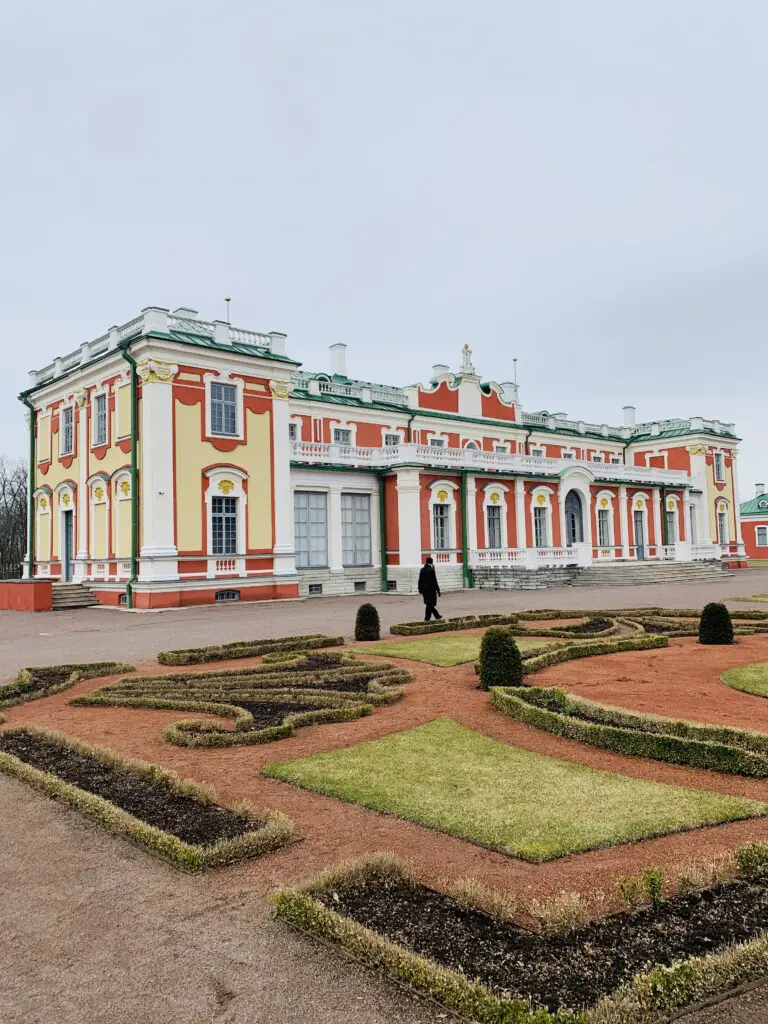
Lunch
Balti Jaama Turg
Having spent the morning strolling around the Kadriorg Palace, head over to the Balti Jaama Turg market for some lunch. The market is located close to the old town and the main train station. The market was completely renovated back in 2017 and is since then Tallinn’s most modern market, offering everything from fresh fruits to meat and bakery products. There is also an abundance of small food stands, which makes it a perfect place to enjoy your lunch!
Be sure to check out the upper floor of the market which features several unique antique stores, where you can buy interesting things dating back to the Soviet Union and beyond.
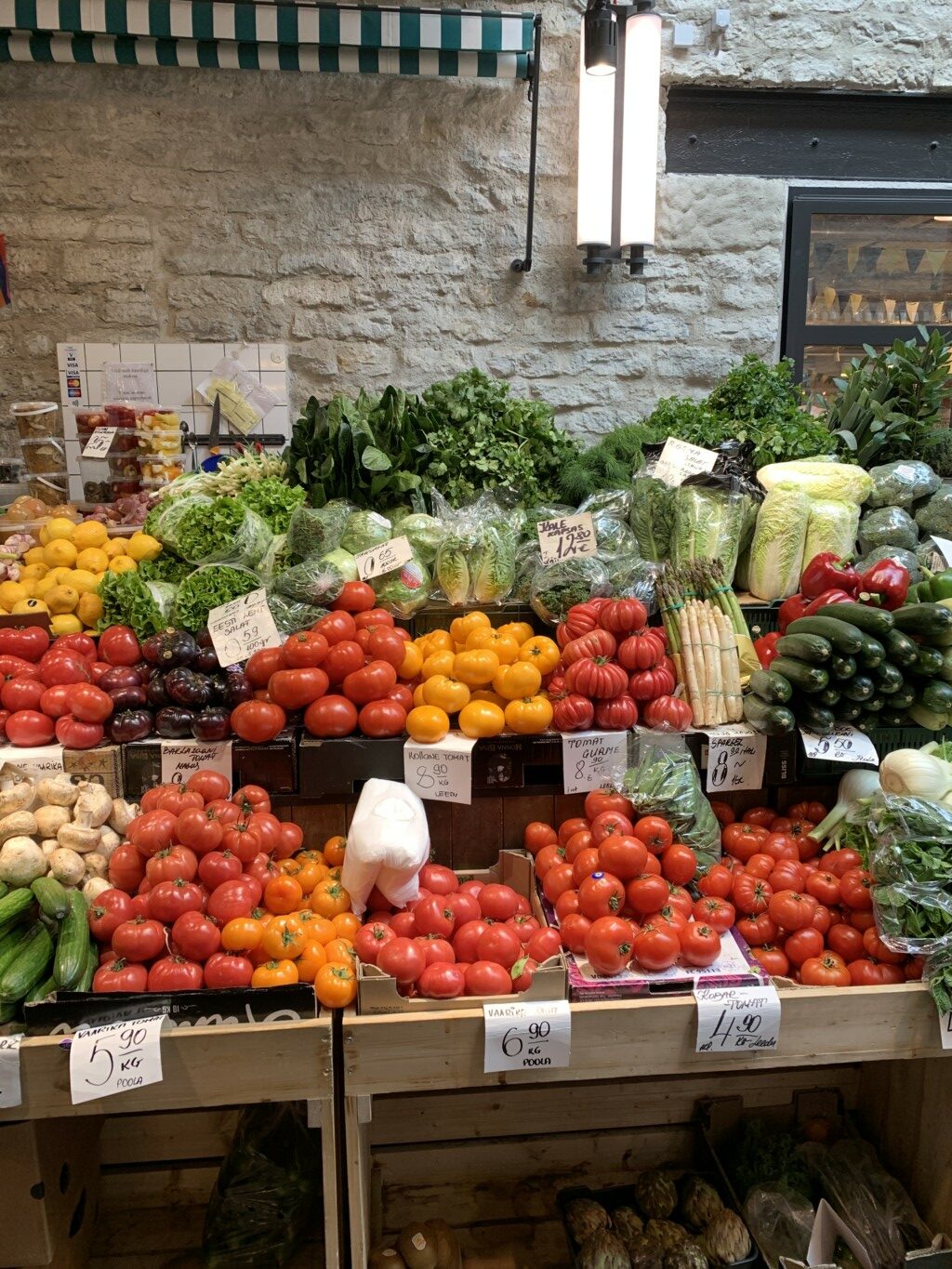

Afternoon
Raeapteek
After lunch, head over to the old town where you’ll, you’ll find Raeapteek, the oldest pharmacy in Europe that has been continuously in operation since the 15th century! Impressive! This quaint little shop not only functions as a modern pharmacy but also houses a museum displaying ancient medical instruments and remedies that tell the tale of health care during medieval times. It’s also completely free of charge.
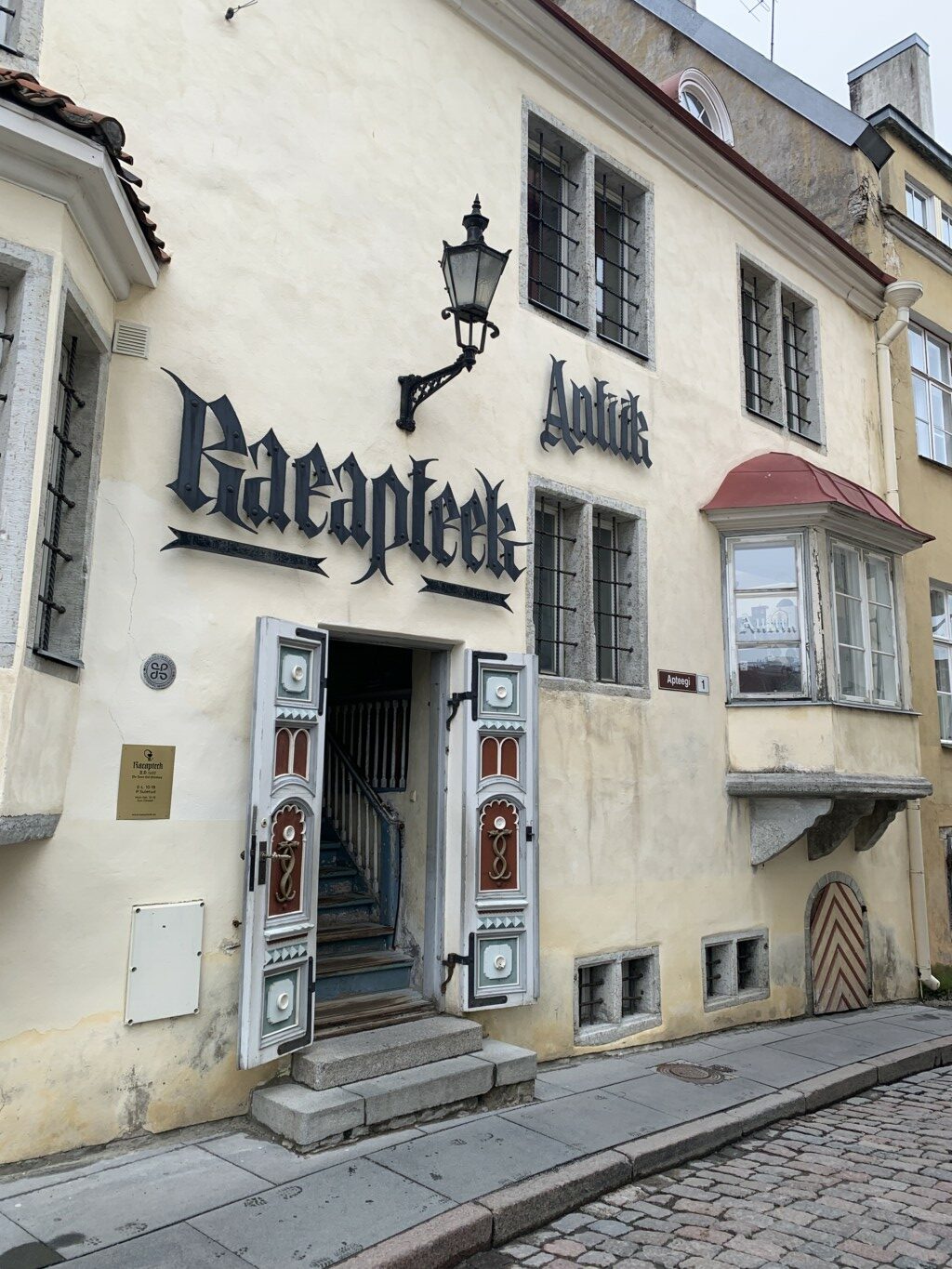
Alexander Nevsky Church
Currently the most photographed site in Tallinn according to the guide that me and my wife hired during our stay in Tallinn, is the Alexander Nevsky Orthodox Church. The church is (like most churches if you ask me) an architectural wonder characterized by its Russian Revival architecture, the cathedral features onion-shaped domes and ornate mosaics. Built between 1894 and 1900 during the Russian Empire’s rule over Estonia, it is named after the Russian hero Saint Alexander Nevsky.
The church is located in the quiet diplomatic area which is located on a hilltop. Be sure to wander a bit further around the area to catch the viewpoint where you get a gorgeous panoramic view of the old town of Tallinn including the bay.
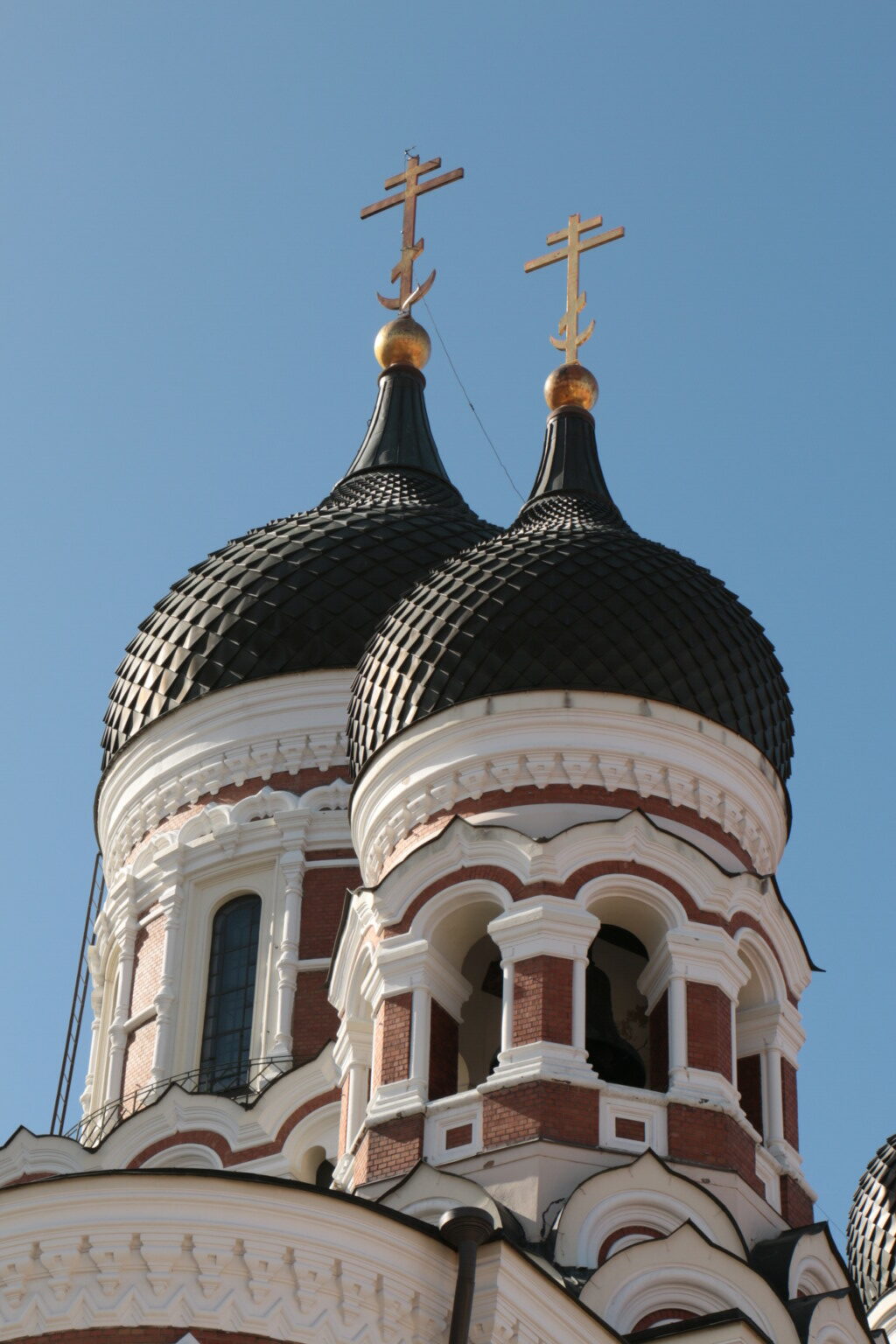
Day 2: Maritime History & Kalamaja District
Morning
Lennusadam Seaplane Harbour
Begin your second day at the Lennusadam Seaplane Harbour, a cool maritime museum located in a restored seaplane hangar. The museum showcases a variety of maritime artifacts, including ships and submarines, highlighting Estonia’s naval history and its importance as a naval city between Russia and Scandinavia. What makes the museum special is that visitors can go inside some of the ships and submarines on display. One of the highlights is the Lembit submarine, a World War II-era submarine that is one of the main attractions of the museum. Visitors can also board the Suur Tõll, an icebreaker ship that has been preserved to show what life was like aboard the vessel.
The museum also features interactive displays that simulate flying a seaplane and other maritime activities, making it more than just another boring museum with loads of text that you don’t read. Since the museum is so interactive it’s suitable for both individuals and families.
Afternoon
Kalamaja And Telliskivi Creative City
After a morning at the Lennusadam Seaplan Harbour. Be sure to check out the hip district of Kalamaja. Located just outside the old medieval walls of Tallinn’s Old Town, Kalamaja has historically been a humble fishing district. However, over the years, it has evolved into one of the city’s trendiest neighborhoods, attracting a vibrant community of young professionals, artists, and creatives.
The area is characterized by its wooden architecture, laid-back atmosphere, and streets lined with colorful houses, many of which date back to the early 20th century. Kalamaja has undergone significant gentrification in recent years, leading to the restoration of these historic homes and the introduction of trendy cafes, shops, and restaurants.
The vibrant creative hub known as Telliskivi Creative City is also located in the Kalamaja district of Tallinn. It is the largest creative center in the country, housed in a former industrial complex that has been transformed into a lively area full of studios, shops, galleries, and creative enterprises.
You can easily spend a full afternoon walking around this neighboring and grabbing a coffee and one of the many trendy cafes. However they won’t be, my cappuccino for 4.50€ felt like a robbery.
Evening
Dinner in the Noblessner Area
Located by the seaside of Tallinn and not far from Kalamaja lies the Noblessner Area. The Noblessner area is a newly developed urban quarter that has transformed from a historic shipyard into a modern residential and cultural district. Noblessner is home to various art studios, galleries, and creative spaces, alongside a marina for yachts and boats. It’s also a perfect place to round up your day of exploring Kalamaja and the Lennusadam Seaplane Harbour. Here you will find a wide range of dining options, from casual eateries to more upscale dining experiences all with a gorgeous sea view of Tallinn Bay. For a good place to eat, I recommend that you check out Lore Bistro, offering a varied menu in a beautiful setting. Be sure to book a table as they tend to be full.
Day 3: Reflections on Estonia’s Past
Morning
Maarjamäe Memorial Complex
Day three begins with a visit to the Maarjamäe Memorial Complex, which is probably the most controversial monument in the whole of Estonia. The Maarjamäe Memorial Complex was built by the Russian Soviets to celebrate the victory in WW2, however by Estonians, the monument is a symbol of the reoccupation of Estonia rather than a symbol of victory. The monument consists of a large 35-meter obelisk as well as other sculptures, including an amphitheater and two hand palms carved into a concrete wall. The monument is a quite poor state and clearly not maintained. Recently, the amphitheater has been fenced off against visitors due to fears of structural instability. The Maarjamäe memorial is beautifully situated along the road leading to Pirita with panoramic views over Tallinn Bay.
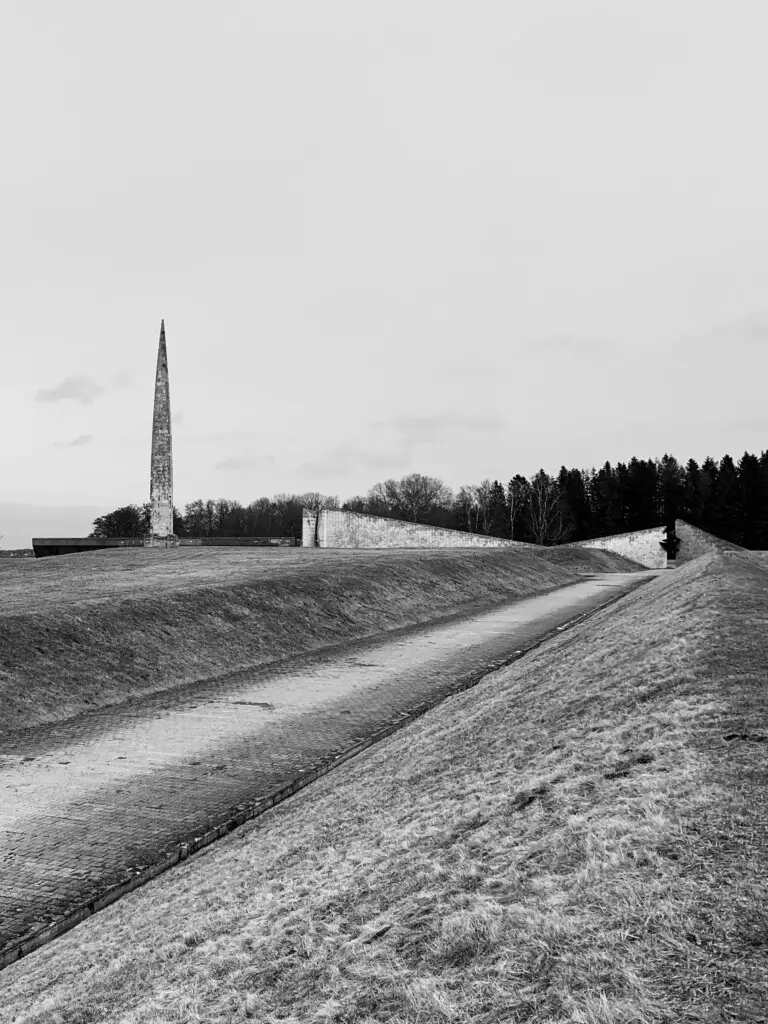
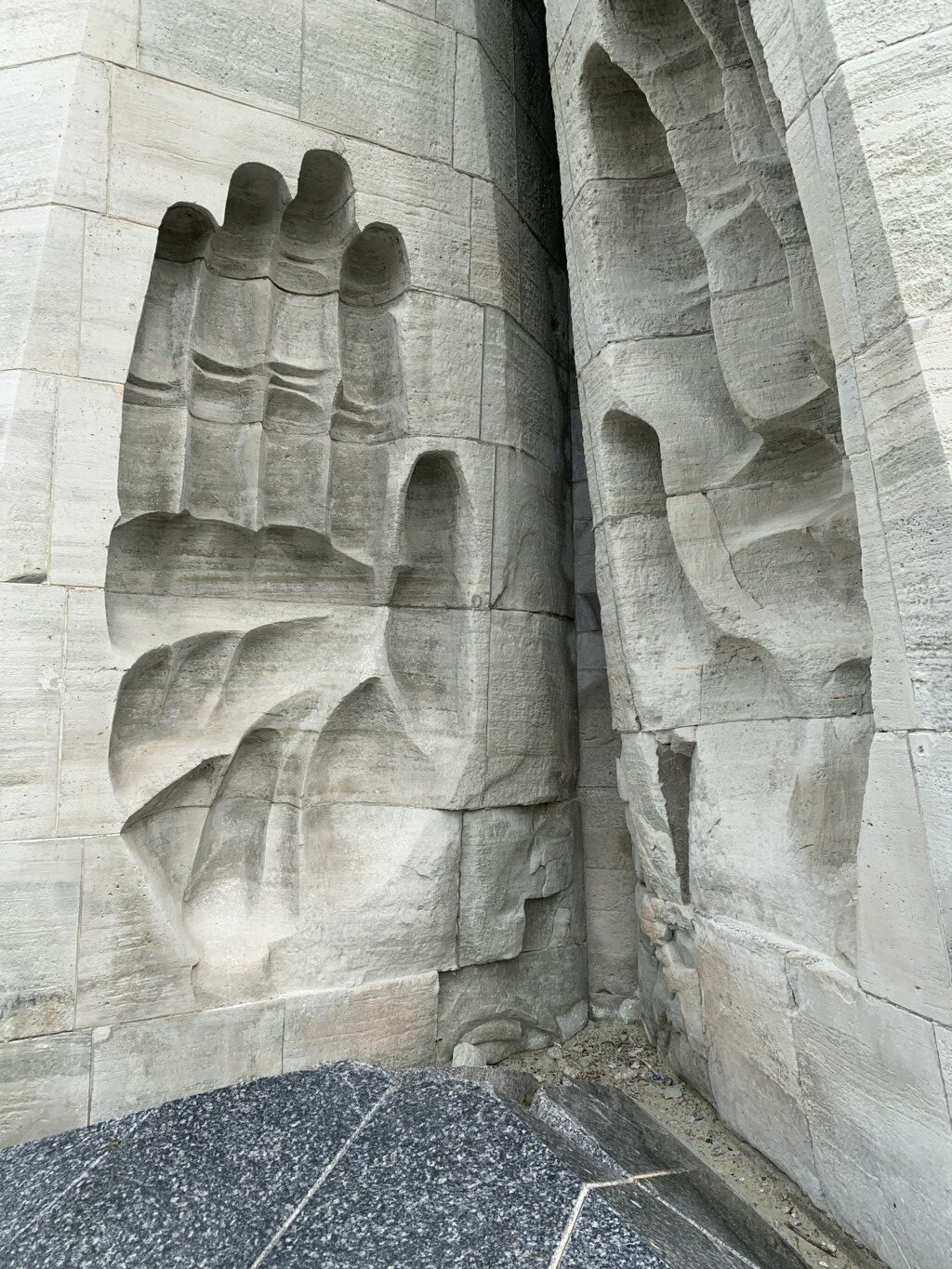
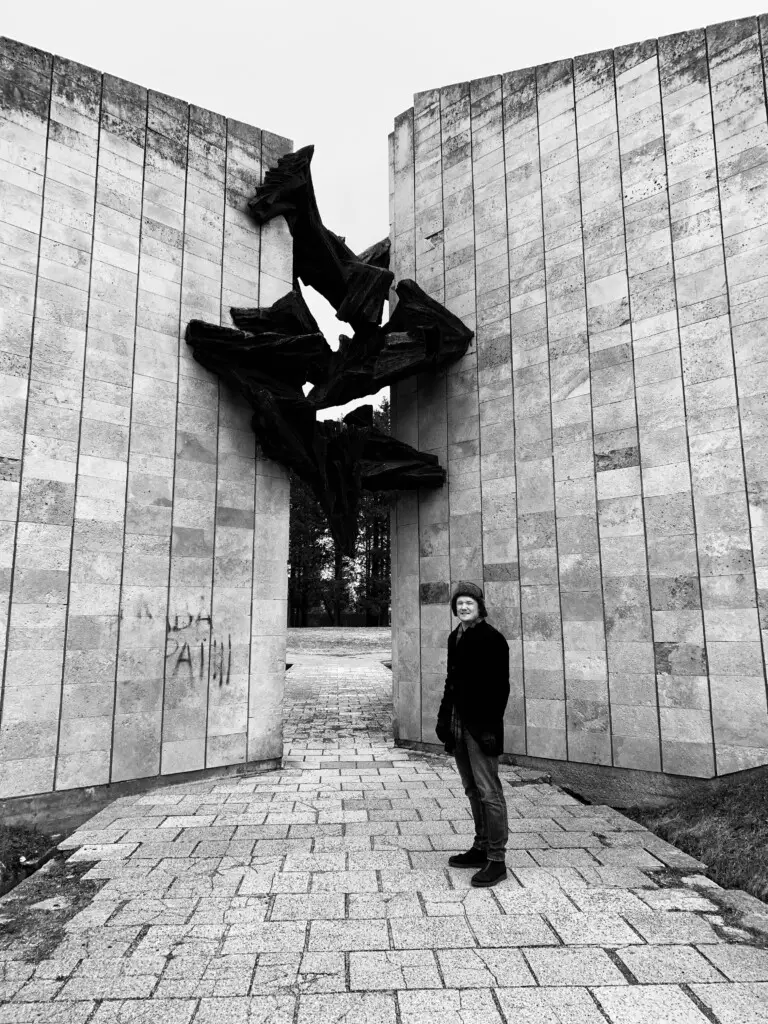
Memorial To The Victims of Communism
Since 2018, short stone’s throw away from Maarajäe Memorial, a new monument has been erected, known as the Memorial to the victims of communism. In contrast to the Maarjamäe Memorial, the Memorial to the Victims of Communism was established to honor and remember the tens of thousands of Estonians who suffered under Soviet rule. This includes individuals who were executed, imprisoned, deported, or otherwise persecuted by Soviet authorities. The memorial consists of two large impressive black walls, with a narrow path leading down to the boardwalk. The wall have inscribed names of all the Estonians who died as a result of the repressions under the Soviet regime.
The monument serves to acknowledge these harsh realities, providing a crucial educational resource that informs both current and future generations about the impact of totalitarian regimes. Additionally, it offers a space for healing and reflection for families and descendants of the victims, reinforcing Estonian national identity and showcasing the country’s resilience. This site is integral in Estonia’s ongoing process of coming to terms with its past, helping to ensure that such tragedies are not forgotten and are not repeated.
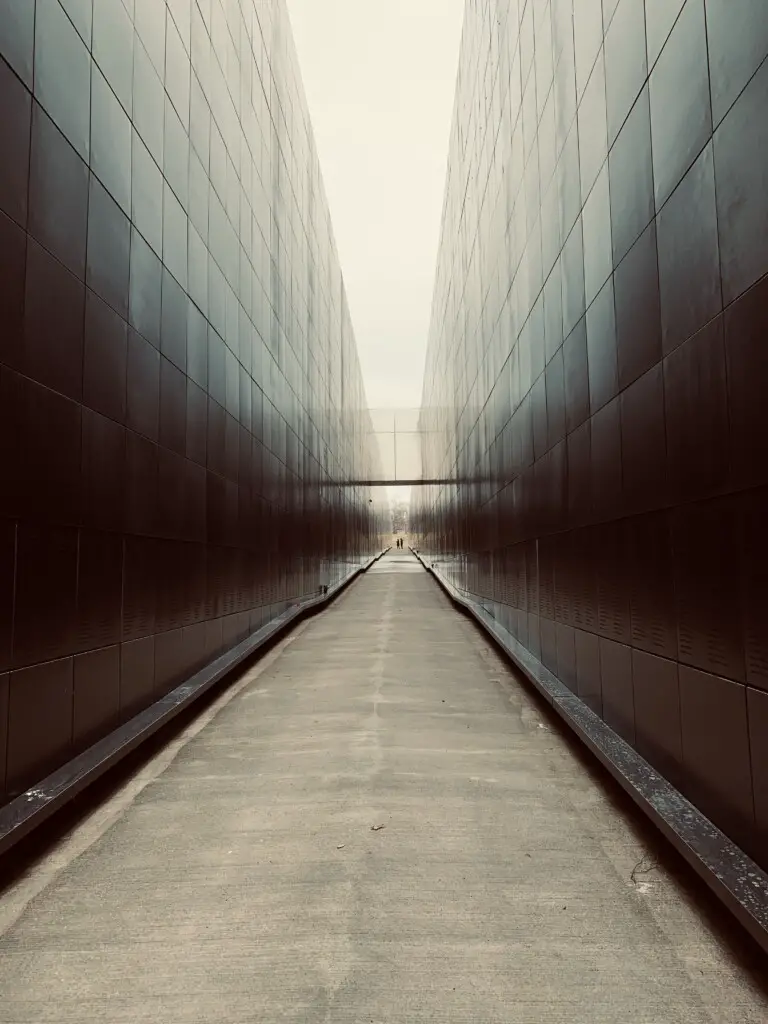
Soviet Statue Graveyard
After having paid a visit to both the Maarjamäe Memorial as well as the Memorial to the Victims of Communism it is time to head over to another Soviet relict: The Soviet Statue Graveyard located within a short walking distance from both of the memorials. Here you will find old Soviet statues that once decorated the city’s parks and squares, that have since the fall of communism been removed and tucked away. Here you will find statues of both Lenin and Stalin as well as other Soviet Icons. The monument gives you a perspective on how modern Estonia deals with its communist past.
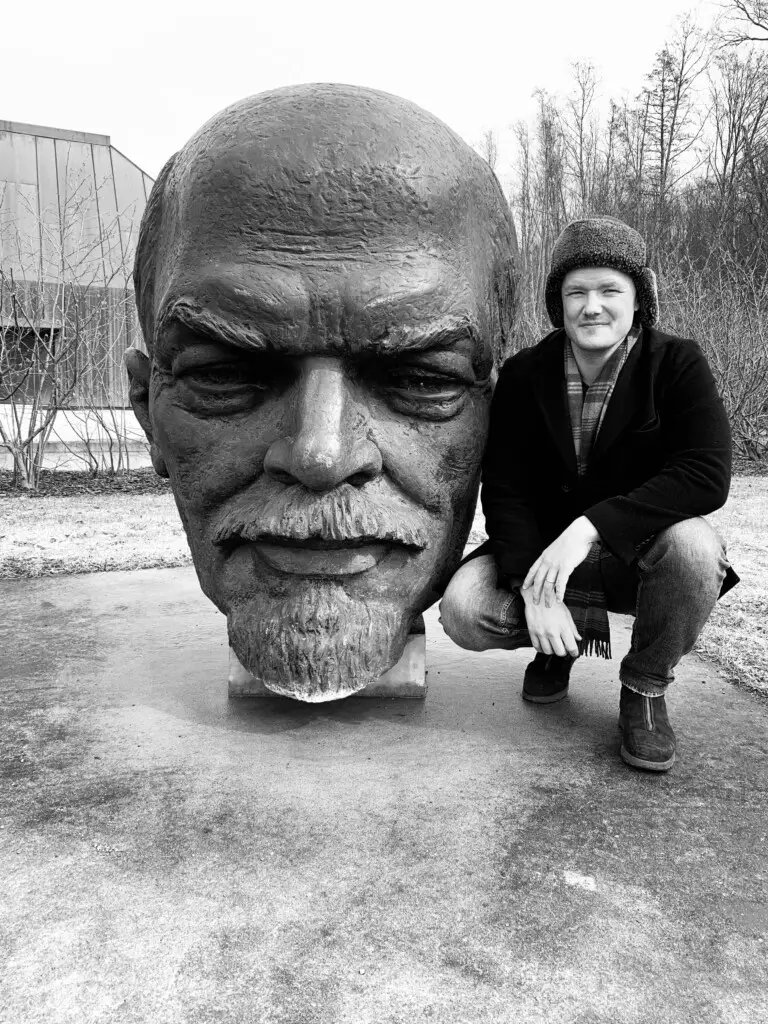
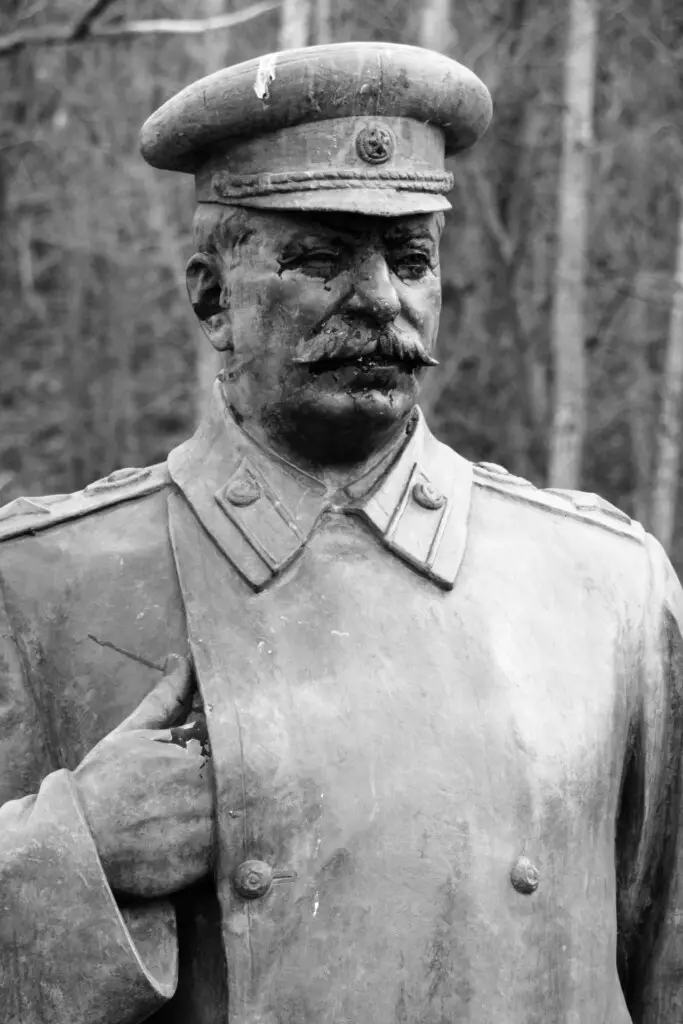

Afternoon
The Banned Books Museum
Having spent the first part of your day learning about Estonia’s communist past and how the country is dealing with it. It is time to head back to the old town and visit one of the most unique museums that I have come across so far: The Banned Books Museum! The Banned Book Museum is a small little museum that showcases books that have been banned across the globe for all sorts of reasons. It is truly fascinating to read about all the reasons the books have been banned. The museum is open on Thursdays and Fridays from 14-18 and on Saturdays and Sundays from 11-18. The entrance is free and only survives on donations, which are used to buy more books to showcase, so be sure to donate a euro or two!
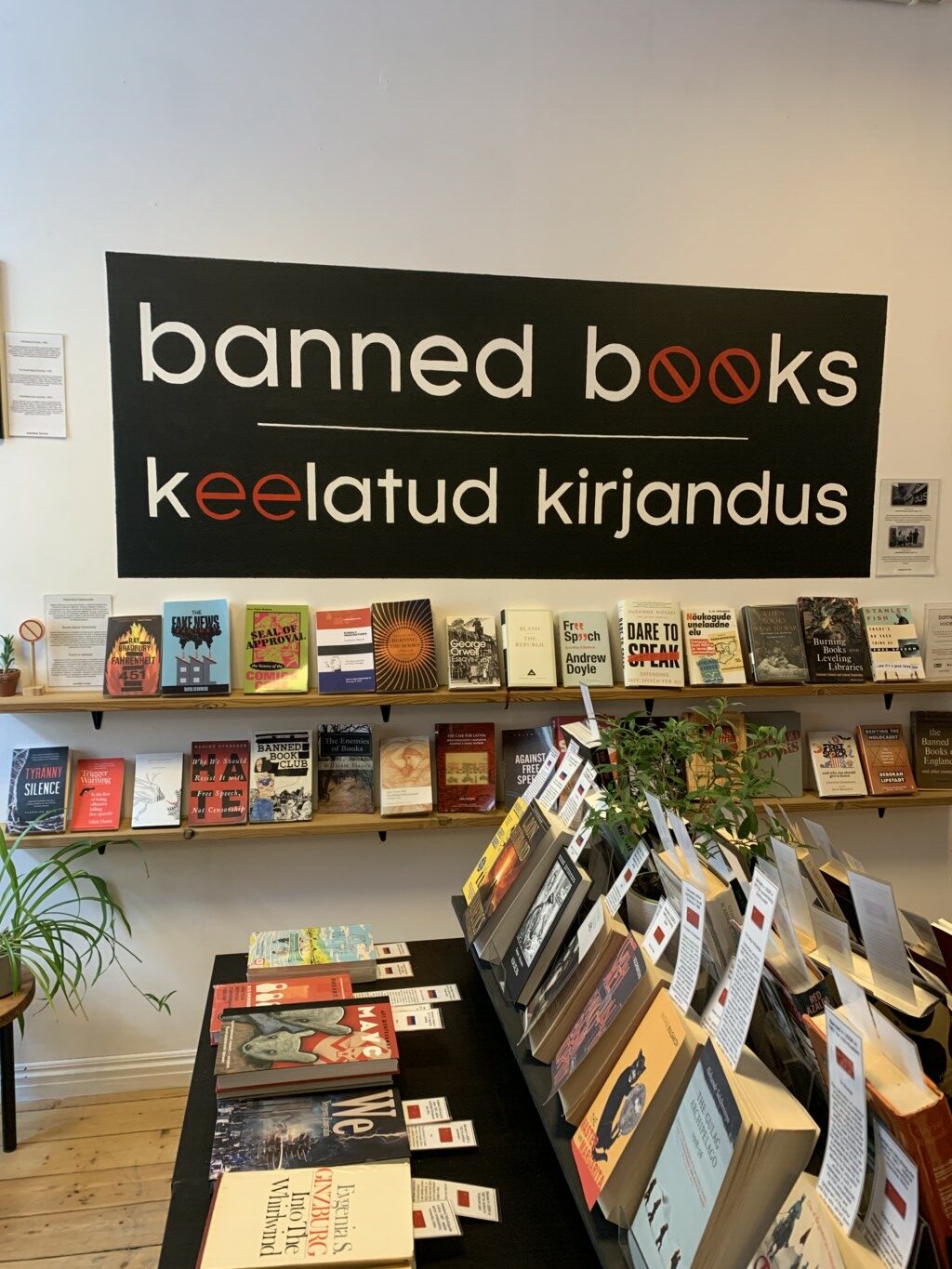
Evening
Rotermann District
After a long day sightseeing, head over to the Rotermann District, located between the port and the old town. The area was previously an industrial area, known for its many factories and warehouses, however lately the area has undergone significant redevelopment to transform old industrial buildings into modern spaces that house shops, restaurants, cafes, and offices, alongside residential apartments. It’s a perfect place to end your day at one of the many restaurants. I personally, can recommend the restaurant R14 for its spacious interior design and delicious food.
Day 4: Estonian Traditions and Nature
Morning
Estonian Open Air Museum
On your final day, visit the Estonian Open Air Museum, where you can step back in time and experience rural Estonian life through reconstructed farms, windmills, and churches. If you ever have visited Skansen in Stockholm, Sweden, this is the Estonian version of it! Estonian intellectuals got the idea for the Open Air museum back in the late 1950s after having visited several similar open-air museum across Scandinavia, include Skansen in Sweden. The museum offers a glimpse into Estonian traditions, handicrafts, and rural lifestyles from the 18th to the 20th centuries. It also hosts various cultural events, workshops, and seasonal festivals to educate and entertain visitors about Estonian heritage. The Estonian Open Air Museum is best visited during good weather as many of the activities are outside. During the winter season (29th September to 22nd April) the museum is open from Tuesday to Sunday, while during the summer season (23th April to 28nd September), the museum is open every day. Expect to spend at least a half day here.
Afternoon
Explore one of Tallinn’s Beaches
No visit to Tallinn would be complete without a trip to the beach, and there are several beaches to choose from. Not far from the Estonian Open Air Museum lies Stroomi Beach, a beach favored by families due to its long shallow waters and soft sand. It also has a playground, sport facilities, and picnic areas. Another option is the most popular beach in Tallinn, known as Pirita Beach, ideal for sunbathing, swimming, and enjoying water sports. A quieter option compared to Pirita is Kakumäe beach, it is located in the Kakumäe peninsula and is ideal for those looking to escape the crowds. It’s good for windsurfing and kitesurfing as well.
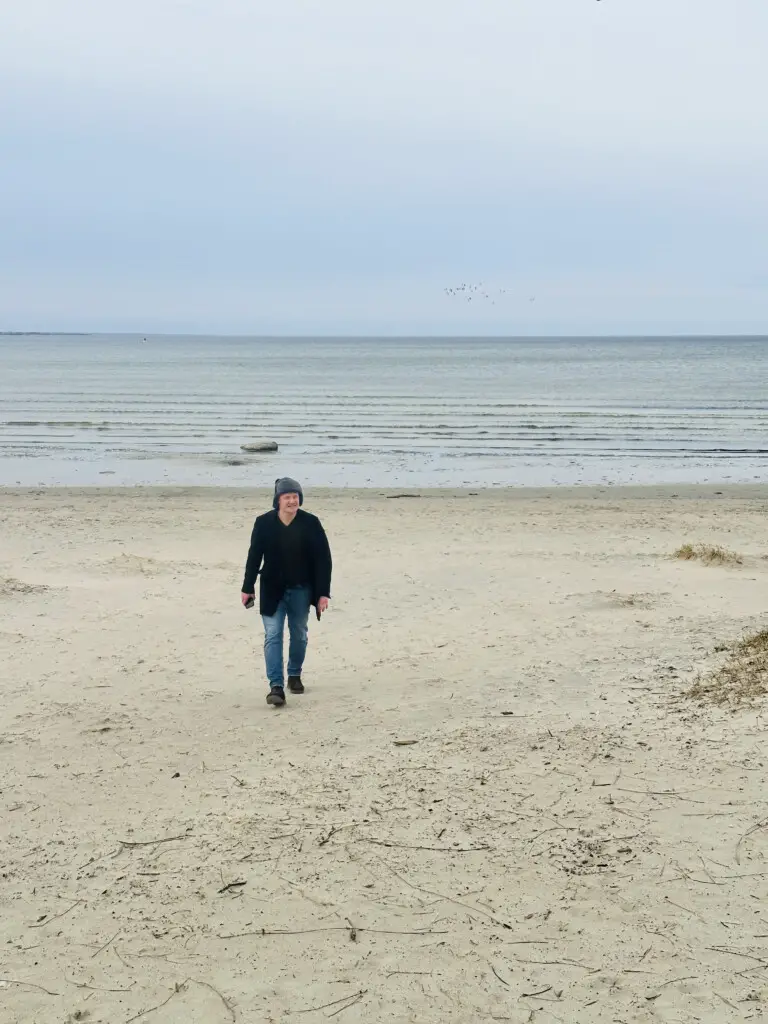
Day Trip Options from Tallinn
After spending four enriching days exploring Tallinn, you might be tempted to see what lies beyond the city’s boundaries. Estonia is compact, making several fascinating locations easily accessible for day trips. Here are a few recommended day trip destinations from Tallinn depending on your interests:
Narva: The Russian City
Located on the easternmost point of Estonia, right on the border with Russia, Narva offers a stark contrast between Estonian and Russian cultures. The city has been the focal point for main battles over the years, one of them being between Tsar Peter and the Swedish King Karl XII. The city’s population is known as Estonia’s Russian City with almost 90% of the population being ethnic Russians. The main tourist attraction here is the Narva Castle facing the Russian fortress across the river, however, the main reason for visiting Narva is not because of its tourist attraction but rather to experience a country-within-a-country-feeling and the stark contrast between Estonian and Russian culture. This day trip is ideal for history buffs interested in learning about Estonia’s complex relations with its eastern neighbor. The journey to Narva takes about three hours by car from Tallinn.

Lahemaa National Park: For Nature Lovers
Just an hour’s drive from Tallinn, Lahemaa National Park offers a wonderful escape into nature. It is one of the largest national parks in Estonia and is home to majestic forests, picturesque coastlines, and diverse wildlife. Visitors can explore historic manor houses, such as Palmse and Sagadi, hike along well-marked trails, or simply enjoy the tranquility of the natural surroundings. This park is ideal for nature lovers and those interested in rural Estonian history.
Haapsalu: Picturesque Small Town
Known for its seaside atmosphere, historic castle ruins, and the Haapsalu Shawl, a delicate lace shawl that originated in this town, Haapsalu is a perfect day trip for culture enthusiasts. The town is also famous for its healing mud baths and beautiful wooden architecture. Visitors can stroll along the promenade, visit the Haapsalu Episcopal Castle, and explore local galleries and cafes. Haapsalu is about a 90-minute drive from Tallinn.
Paldiski: The Former Closed Town
Once a closed Soviet naval base, Paldiski is now accessible to the public and offers a glimpse into its intriguing past with abandoned military structures and stark landscapes. Located on the Baltic Sea coast, about 45 45-minute drive from Tallinn, Paldiski is also known for its dramatic cliffs and lighthouses. The town has a somewhat eerie, deserted feel, which makes it fascinating for those interested in Soviet history and desolate, photogenic spots. Visitors can explore the ruins of military barracks, the Soviet-era training submarine, and the coastal Pakri Lighthouse. I wrote a whole article, about my experience visiting Paldiski back in 2018, so be sure to check it out before you go so you know what to expect.
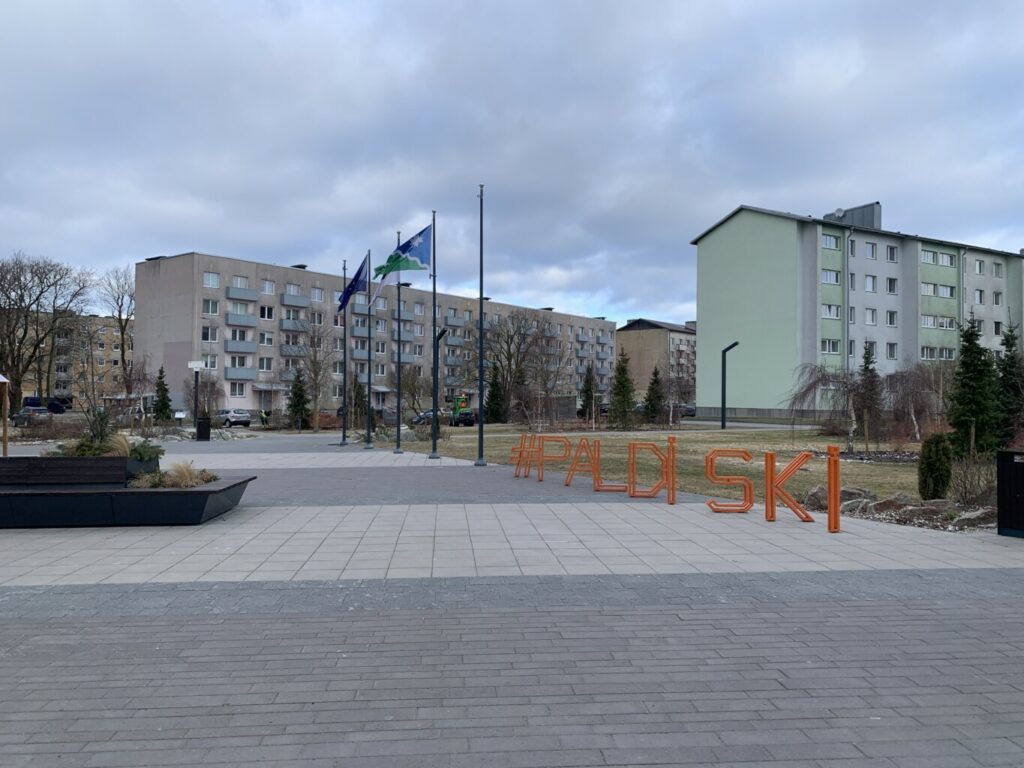
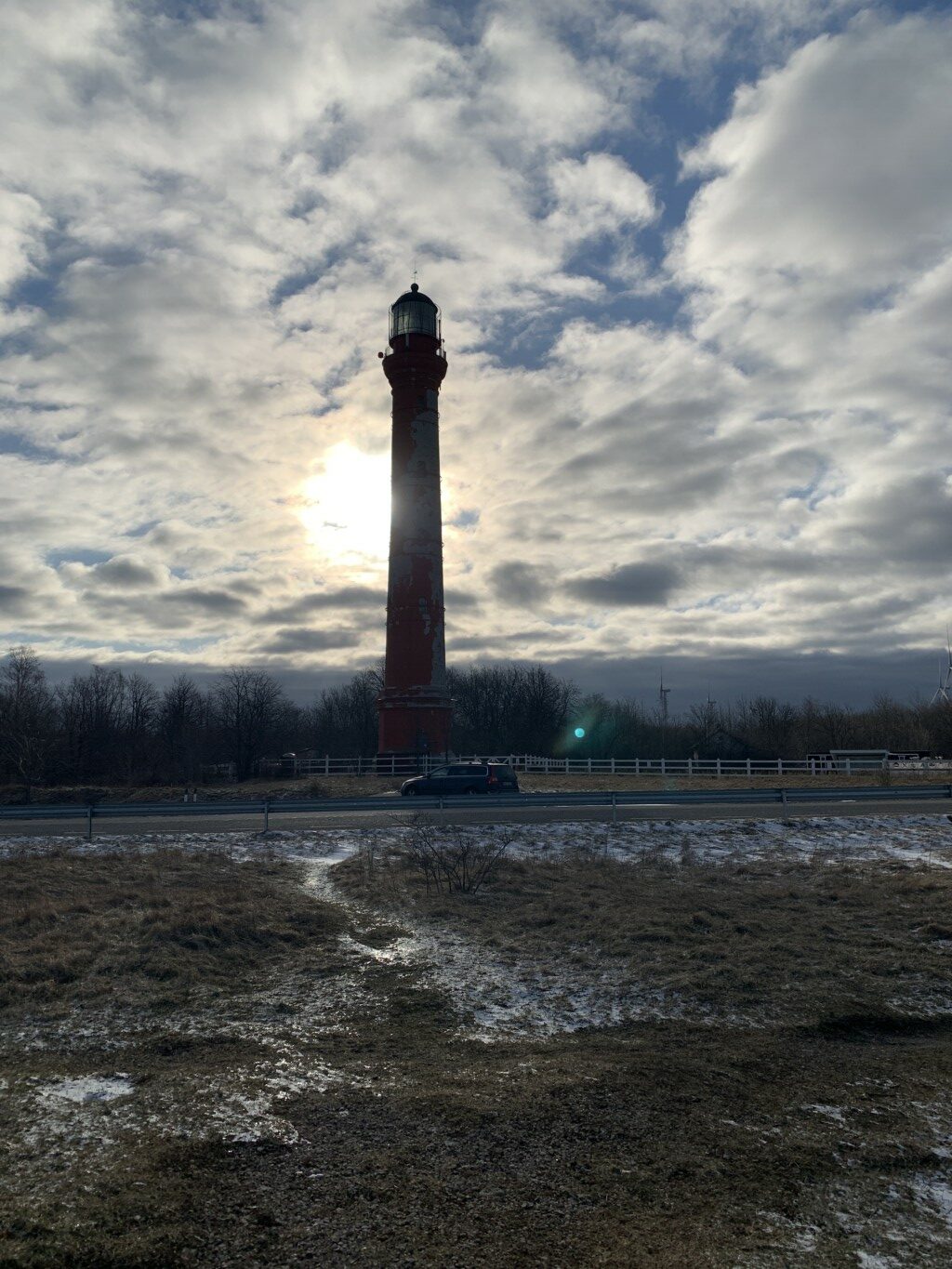
Pärnu: The Summer Capital of Estonia
Often referred to as the summer capital of Estonia, Pärnu is renowned for its sandy beaches, spa culture, and vibrant summer atmosphere. Located less than two hours from Tallinn, it’s a popular destination for both locals and tourists looking to enjoy water sports, sunbathing, and the lively festival scene during the warmer months. The town also has a charming old town area with shops, restaurants, and historic sites.


Tartu: Estonia’s University City
For those willing to venture a bit further, Tartu, Estonia’s second-largest city and its intellectual heart, is about a two-and-a-half-hour drive from Tallinn. Known for its prestigious university (founded by the Swedish King Gustav Adolf back in the 17th century), Tartu is vibrant with a youthful spirit, rich with museums, galleries, and an exciting nightlife driven by its large student population. Visitors can explore the historic Old Town, visit the AHHAA Science Center, and enjoy the lush parks and riverside areas. If you are planning to venture this far from Tallinn, I suggest that you spend a night in Tartu not to rush your stay.
Lake Peipus: Visit The Russian Old Believers
For a truly unique cultural experience, consider a day trip along the Onion Route, which runs along the western shore of Lake Peipus, the fifth-largest lake in Europe. This area is home to the so-called Russian Old Believers, a religious minority who have maintained their traditions and way of life since fleeing Russia in the 17th century. The route is named for the onion-domed churches and the traditional onion farming in the area. Visitors can explore small villages like Kolkja, Varnja, and Kasepää, experiencing Old Believer culture through their distinct architecture, beautiful gardens, and local crafts. For more information about the Old Believers and how to visit them be sure to check out my blog post, where I write about my experience visiting these unique villages along the Lake Peipus coastline.
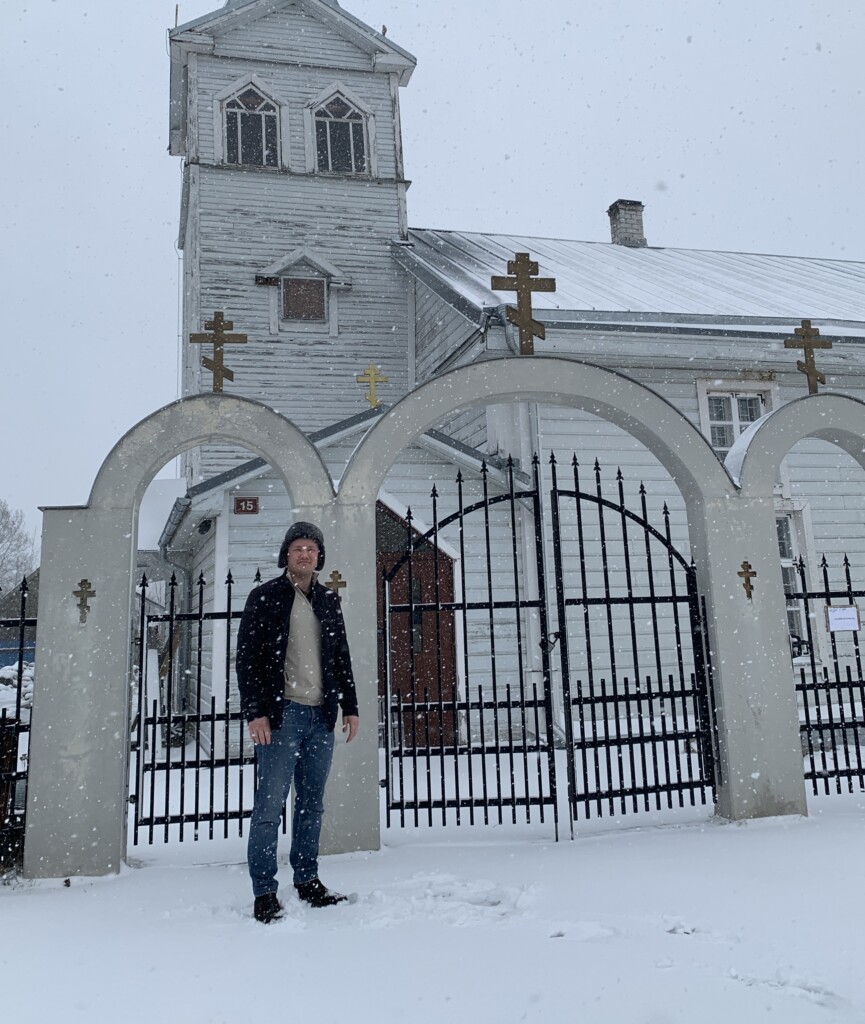
Conclusion: How Many Days Do You Need In Tallinn?
As you see from this blog post there are plenty of things to do in Estonia and Tallinn. I have visited Estonia on multiple occasions, including living there for 2 months back in 2018 and I still have a long list of things to see and do in this country.
If you are planning on visiting Tallinn, plan for between 3 to 4 full days to explore the highlights of what the Estonian capital has to offer. Tip: we hired a private tour guide to take us around the old town for 2 hours, which cost about 60€ in total and it really enhanced our experience. I suggest you do the same if you want to go deep into the history of Tallinn.
Happy Travels!
